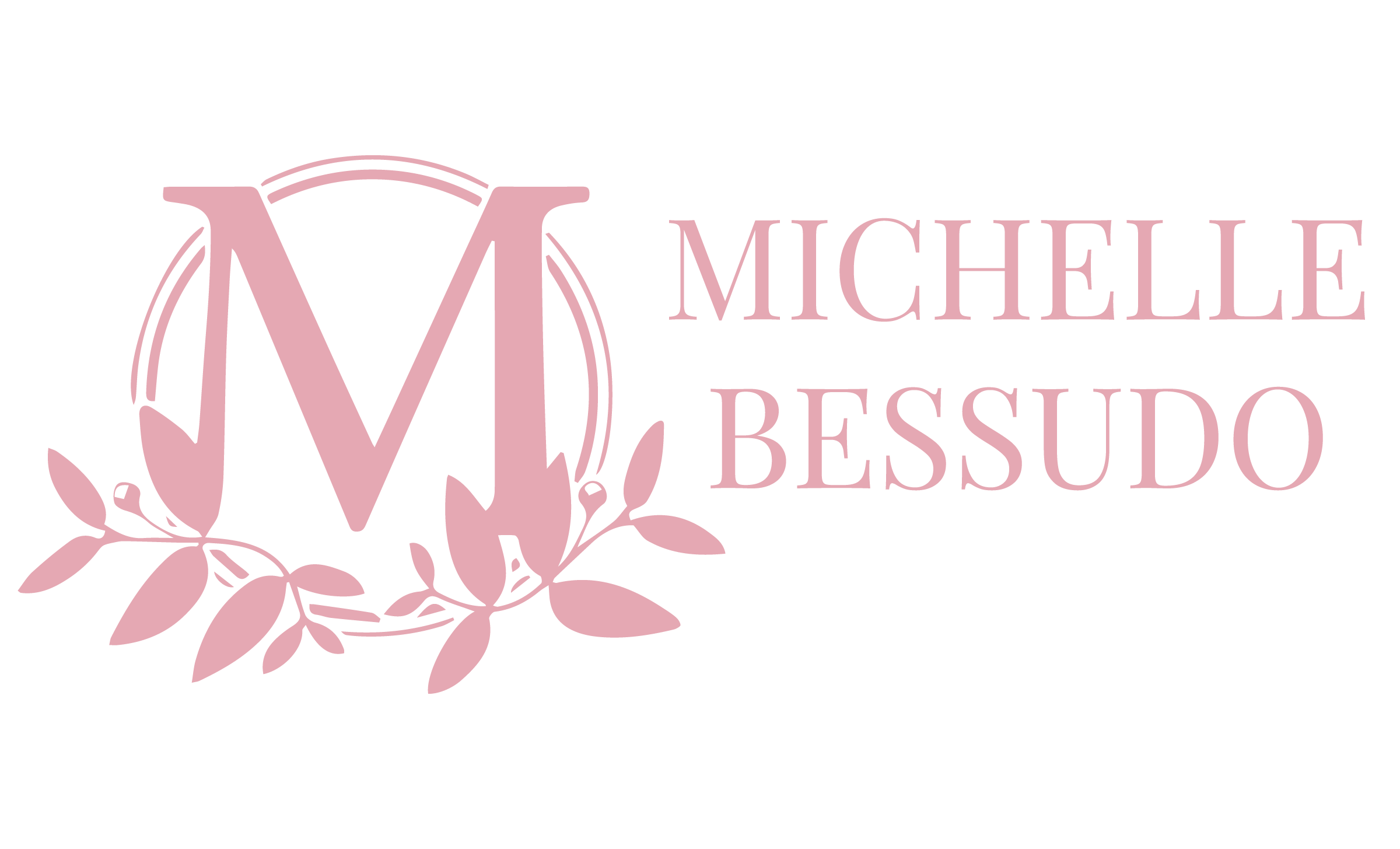Hazelnut berry meringue cake
I love Easter, I always have. Partly due to my upbringing but also I just happen to love pastel colors.
When I was a kid, my parents used to take all holidays VERY seriously. Because of this, I believed in the Easter Bunny, Santa Claus, and El Ratón Pérez (the Latin version of the Tooth Fairy) well into VERY late in the game. I was 12. And the only reason I stopped believing in the Easter Bunny, was not because I was skeptical, but because I started having “Santa disbelief”, thanks to my friends. My mom desperate to get me to hold on to Santa shattered the Easter Bunny for me.
Thanks, Mom.
Why was the Easter Bunny never questioned at school? Because I was the only kid at school who really celebrated Easter with all the American and European flare.
Easter egg hunt, 1985
My parents would go through a hell of a lot of trouble to buy a bunny on Easter, a release it in our yard: which they had previously filled with all sorts of Easter goodies. I mean wouldn’t you believe in the Easter Bunny if you saw him hopping around on Easter through your yard?
And the goodies? They were always the most beautiful decorated chocolate eggs, hidden in the most unusual places. But I was already used to looking for hidden food around this time of the year, like a piece of wrapped matzah during Passover. Yeah, we celebrated Passover, Easter, Christmas, and Hanukkah just to name a few over at our house.
But where do all these traditions come from and are they somehow all related?
What is Easter and where did it come from?
Easter, as we know it today, celebrates the resurrection of Christ three days after he was crucified. But the thing is, that like most Christian holidays, Easter has a huge pagan influence.
Almost immediately after the Resurrection, early Christians began celebrating it, actually, some even celebrated it every Sunday to be precise.
However, Resurrection was, in fact, a date so closely connected to Jewish Passover, which meant it was subject to the whims of a lunar calendar, and therefore it wasn't totally clear when Easter should be celebrated. Should it be celebrated on a Sunday, after all, Christ did resurrect on a Sunday, or should it follow the rules of the Jewish calendar and be a movable date?
To fully comprehend we must transport ourselves to the 4th-century a.C.
This was one of the most convulse and unstable periods of recorded history. The Roman world was trying to rebuild itself after a devastating economic crisis that hit a few decades back and left an unstable government at the mercy of usurping generals backed up by the loyalty of the legions they commanded.
Now amongst all this chaos emerged one man and his mother (this is the cliff note version where I skip the 24 years of civil wars and seven emperors).
I’m talking about Saint Helen and Constantine the Great, or Saint Constantine as the oriental churches call him. How he became Saint Constantine will forever remain a mystery to me, as Constantine was not a very “saint-like” man; remind me at some point to tell you the story of how he killed his son with his bare hands because he thought he was having an affair with his new wife, and then had her boiled and skinned alive when he found out she had lied to him about it.
Funnily enough, Constantine was never even a Christian emperor, I know this is very contrary to popular belief. In fact, he only became a Christian on his deathbed. During his life, he sacrificed piously to the Roman gods, just like any other Roman, but devoted his last breath to Christ. I imagine this was his religious version of “better to be safe than sorry”.
But back to Saint Helen and Easter. Being an early adopter of Christianity meant that all things Creed were not entirely clear. However being the emperor’s mother meant Saint Helen had a lot of leverage. So she convinced her son to bring all the most important Christian theologists together, under one roof in the city of Nicea (modern day Turkey) and celebrate a Council on the year 325.
These men were expected to put their differences aside for a moment (and believe me there were many differences) so that they could lay down Christian Dogma in ONE coherent fashion. And so it was established that Easter would be celebrated on the first moon after the March equinox.
Easter symbology
Early Christians were not that dissimilar to the rest of Romans. Rome had always prided itself on being very tolerant and coming up with new ways to blend several theological traditions together. Why have just one god when we can have them all, right? This was a great way to get accepted by locals while creating a national religious sentiment that ran across the whole Empire.
Like their countrymen, Christians relied heavily on existing religious imagery (like that of the Egyptian virgin Mother Isis and her child Horus, which was conceived after his father Osiris was killed. Isis and Osiris then never managed to consummate their marriage, but yet Horus was born. After Horus was born Osiris resurrected from the dead and they lived like a happy family. Many other images like the Christian fish, Ichthus, or even baptism stem from pagan origins).
Now I’m not trying to be controversial, at all, just factual. Take even the humble passion fruit. Jesuit missionaries in Latin America used passion fruits to explain Christian belief to the indigenous tribes. The name passion fruit comes from the Passion of the Christ not because it was thought to be some sort of aphrodisiac. My point is that relying on existing imagery makes a new religion easy to understand especially for dissemination purposes.
The same thing stands true for existing holidays? If you can’t eliminate them, incorporate them. Such was the case of Easter, Christmas, Epiphany, or even Saint John’s day. You get my drift.
The origins of the Easter Bunny.
Well, the name Easter is said to have come from the old Norse word for spring, Eostur. There was one goddess who related to the season in particular. She was present in every Indo-European pantheon called by many different names, that shared a common root. Most relevant in our "Easter hunt" was Eostre in Anglo-Saxon Britain folklore and Eastre in German lore.
And the symbols for this fertility goddess? You might have guessed it, bunnies, well actually hares, birds, eggs, and baskets. The fact that hares are so fertile and that they can get pregnant WHILE being pregnant, made people believe that the second pregnancy was actually a sort of immaculate conception. And so the fuzzy, and extra cute mammal was associated with purity and later on the Virgin Mary.
Now according to legend Eostre was walking in the forest one day and found her pet bird’s wing had been wounded. The goddess saved the animal by turning it into a hare. This hare who was still part bird continued to lay colorful eggs.
The tradition of passing around colorful eggs would follow German settlers wherever they went. Like the colorful and ornate eggs that were so popular in Russia. It wasn’t long until a famous jeweler saw a business opportunity and so the Fabergé egg was born, or the Egg Hunt celebrated in the US, where children used to make nests for the elusive Easter Bunny which they would later discover full of chocolate treats.
So know that you are a bit more familiar with Easter origins how about that easter cake recipe?
Hazelnut meringue Berry Cake
Ingredients:
- 125 g butter (5 oz, or 1/2 cup + 1 tbsp)
- 5 large eggs room temperature
- 1 tsp. vanilla extract
- 60 g milk (4 tbsp)
- 150 g flour (1 cup)
- 1/2 tsp of baking powder
- 1/4 tsp cream of tartar (you can substitute it for a couple of drops of lemon juice, this will stabilize the meringue)
- 300 g sugar (1 1/2 cups) divided into equal thirds
- 50 g hazelnut meal (you could also use almond meal or just regular flour) (1/2 cup)
- 1/2 tsp salt
- 300 g of heavy cream (1 1/4 cups)
- 200 g of assorted berries (1 1/2 cups)
- Icing sugar, enough to dust cake to your liking
Instructions:
- Preheat your oven to 180° C or 350° F
- Line two identical 20 cm molds (8 inch). Ideally spring form pans
- Sift together flour, baking powder and salt.
- Cream butter with a third of the sugar. When it has doubled in volume and is nice and fluffy add the yolks. Continue beating until it become a very pale yellow.
- Add milk and continue beating
- Fold in flour and mis until fully combined. Set aside
- In a very clean bowl star whisking the egg whites with cream of tartar. Add another third of the sugar when eggs whites become frothy and continue whisking until you have a very light an airy meringue.
- Divide your cake batter equally among the two pans. Even the batter out with the help of an offset spatula or a spoon.
- Equally spoon out meringue onto the two pans. Even the meringue out, but then create nice patterns to create a bit of depth.
- Put pans in the oven an cook for 30 min.
- Allow the cakes to cool in their molds.
- Put the bowl where you will be making your whipped cream in the freezer.
- Once cakes a room temperature begin making your whipped cream. Pour cream, remaining sugar and vanilla in the chilled bowl. Whisk until whipped.
- Take your molds out of the tins and choose the prettiest one. This will be your top layer.
- Set the lower tier on a plate and pile on whipped cream on top. Place the berries on top of the whipped cream and put the top op layer on top.
- Dust with powdered sugar and decorate with a few extra berries.
- Enjoy!






